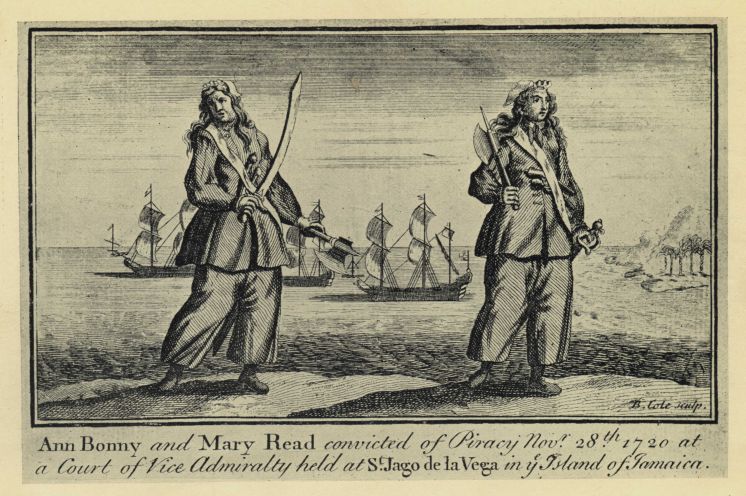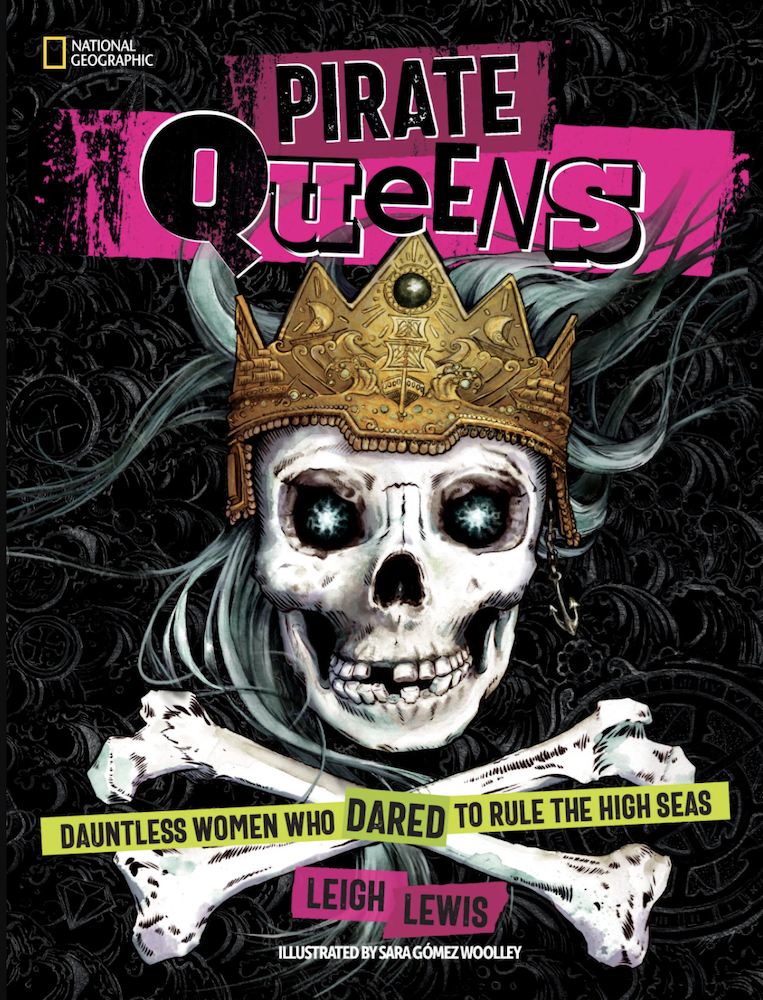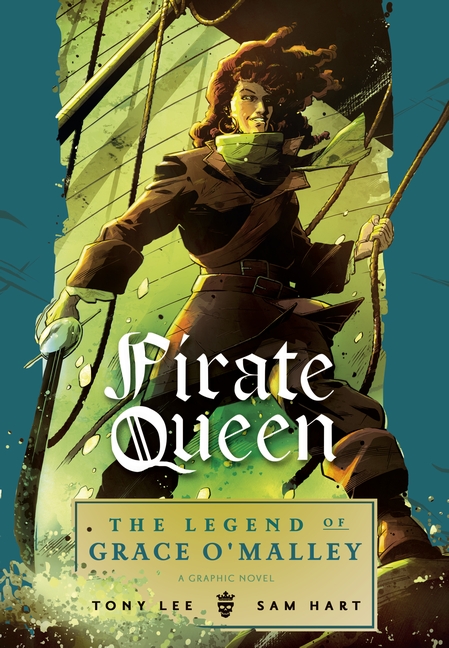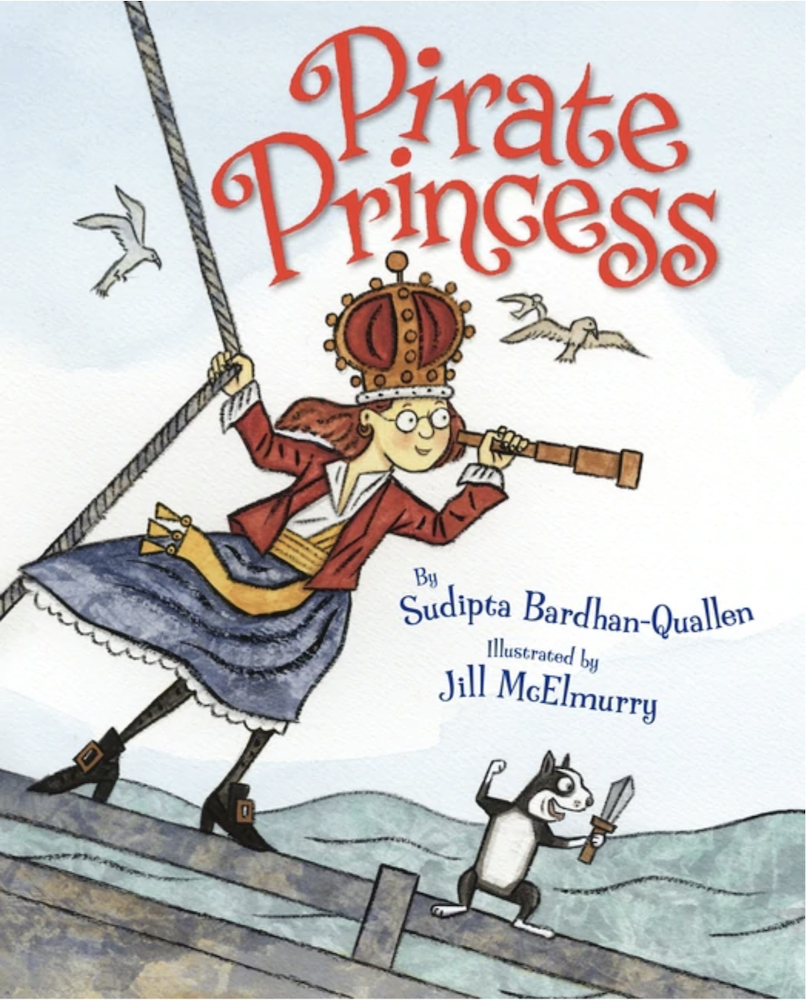History is Lit: Anne Bonny, Pirate Queen

CBC’s new History is Lit series will explore literary history, book lore, ancient storytelling, and any place where stories and yesteryear meet.
All kids play make-believe. Storytelling and the use of our imaginations are innate gifts of humanity. Many play cops and robbers, house, tag, or pirates, but as we grow up books, movies, and ads fulfill this need and speak to our longing for excitement, for risk, for challenges. They invite and call to action those brave enough to dare—dare to go into the woods, dare to face the dragon, dare to jump, or dare to be themselves. And there’s nothing that screams adventure more than seafaring.
Seafaring has traditionally been dominated by men, but there is a rich history of pirate queens, among them Ching Shih, Grace O’Malley, Cheng I Sao, Rachel Wall, Mary Read—and Anne Bonny. Most of what is known about Anne Bonny came from what many historians consider a speculative text, A General History of the Robberies and Murders of the Most Notorious Pyrates by Captain Charles Johnson. Nevertheless, despite the uncertainty about Anne Bonny’s life events, what is believed to be true has become legendary, and legends never die.

Born on March 8, 1702, Anne Bonny was the illegitimate daughter of a wealthy lawyer from Ireland and his maid. Her father chose Anne and her mother and, due to the societal restrictions of the time, that meant they were forced to emigrate to South Carolina. After Anne’s mother passed away, her father tried to betroth her to a local man, but Anne refused the match and instead married John Bonny, a sailor. With Bonny came the freedom of the seas, she believed, and traveled with him to the Bahamas, but soon tired when he became an informant to the local government.
At the time, the Caribbean was full of seamen, privateers, and pirates, and she soon became infatuated with John “Calico Jack” Rackham. In August 1720, Anne left her husband and joined Calico Jack in pirating merchant vessels in Jamaican waters. It is unknown why Calico Jack allowed a woman as part of his crew; they were considered unlucky aboard ships. He was certainly convinced by her willfulness, spirit, and fierceness.
One of the ships she helped capture was William, which caught the attention of privateer Captain Jonathan Barnet. Barnet pursued and soon captured Calico Jack and his crew, including Anne Bonny and another female pirate, Mary Read. They were found guilty and sentenced to death along with the rest of the crew; however, their death sentences were stayed when their pregnancies were discovered. Mary Read died in prison a year later, but Anne Bonny was released (due to her father’s influence) and moved back to South Carolina where she married again, had children, and died at the age of 82.
Central to the legend of Anny Bonney is that she didn’t disguise her gender on board and she persisted and defied norms where and when most women could not or did not. She explored, traveled, experienced, and lived a legendary life. Her bravado, fearlessness, and capability made her a part of our collective empowerment culture.
On a month where we celebrate the strength, spirit, and courage of women, it is important to remember those who dared.
Further Reading.
Pirate Queens, by Leigh Lewis
Pirate Queen: The Legend of Grace O’Malley, by Tony Lee, art by Sam Hart
The Lady’s Guide to Petticoats and Piracy, by By Mackenzi Lee
Pirates!, by Celia Rees
Pirate Princess, by Sudipta Bardhan-Quallen; illus. Jill McElmurry
Happy readings!
CBC’s resident history and yesteryear explorer, Laura Peraza, takes you back in time. Check out other series on our blog and our Reader Resources for more books and materials.




